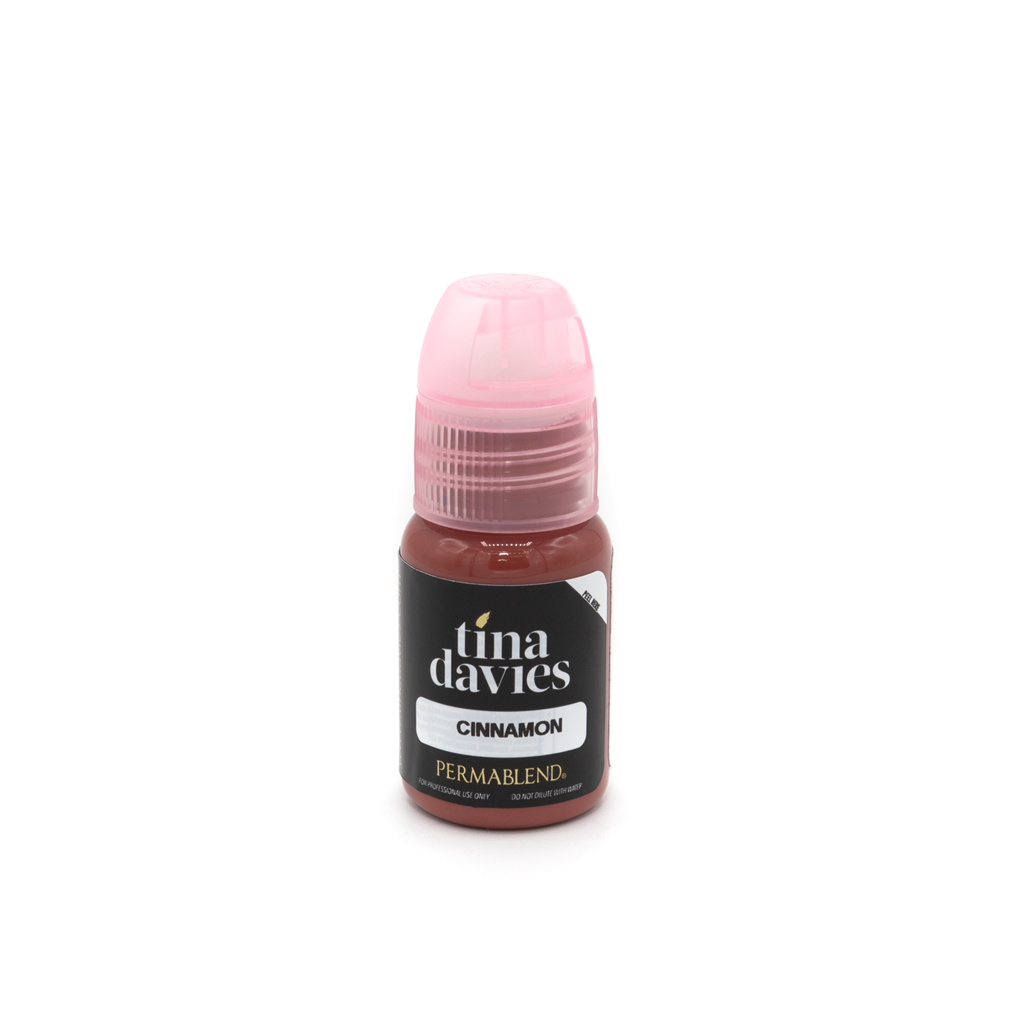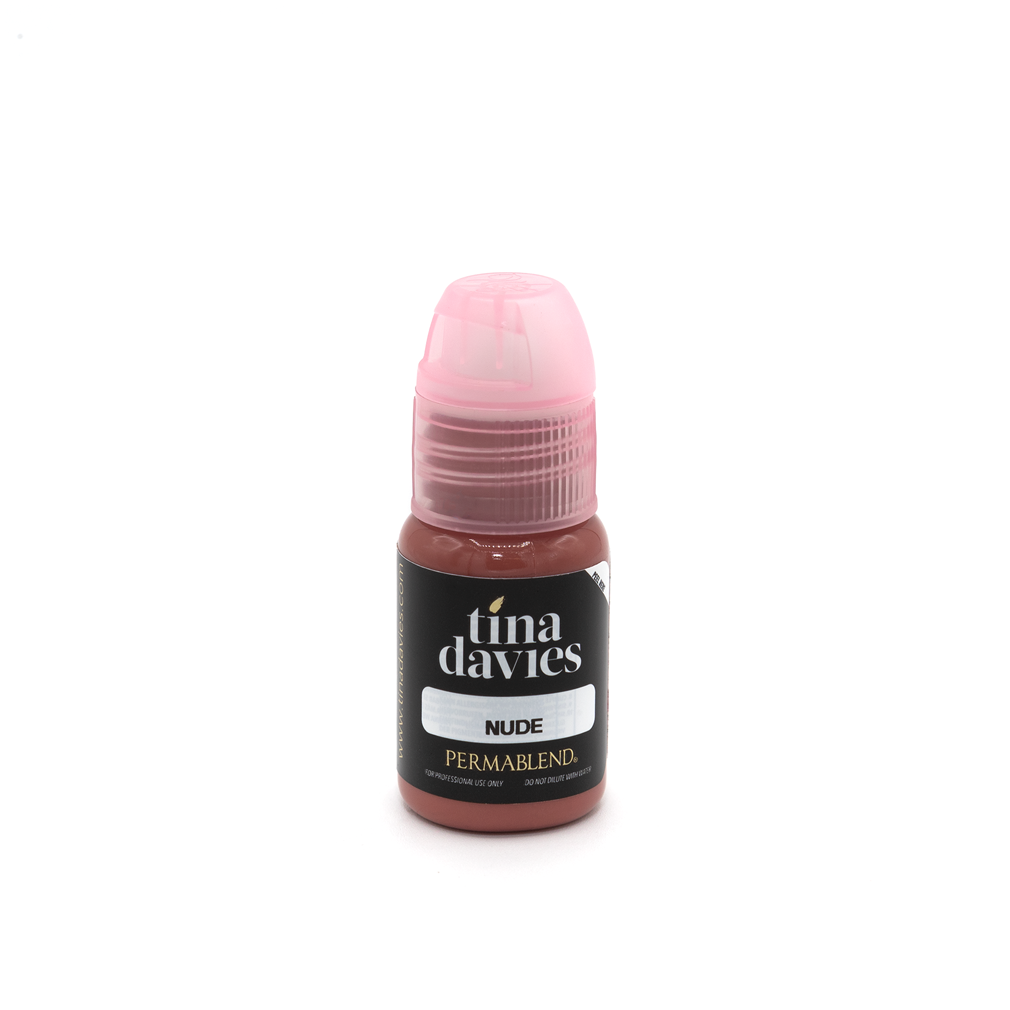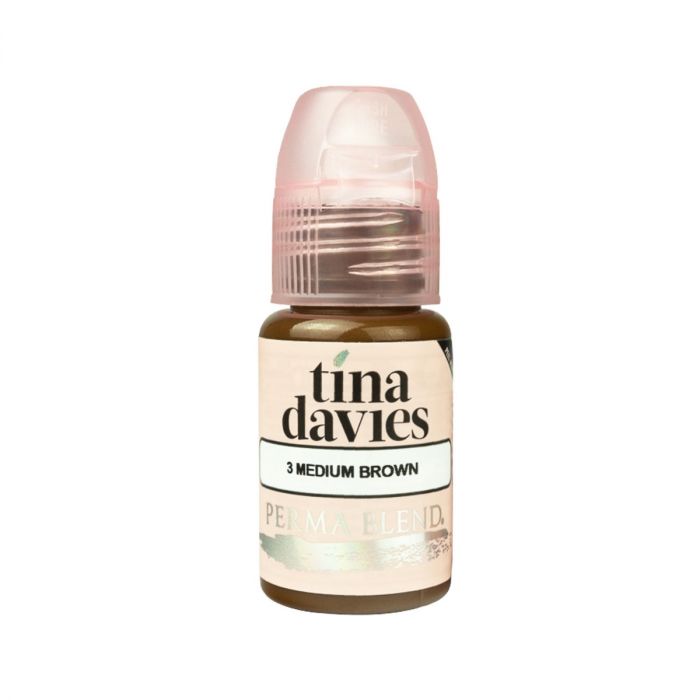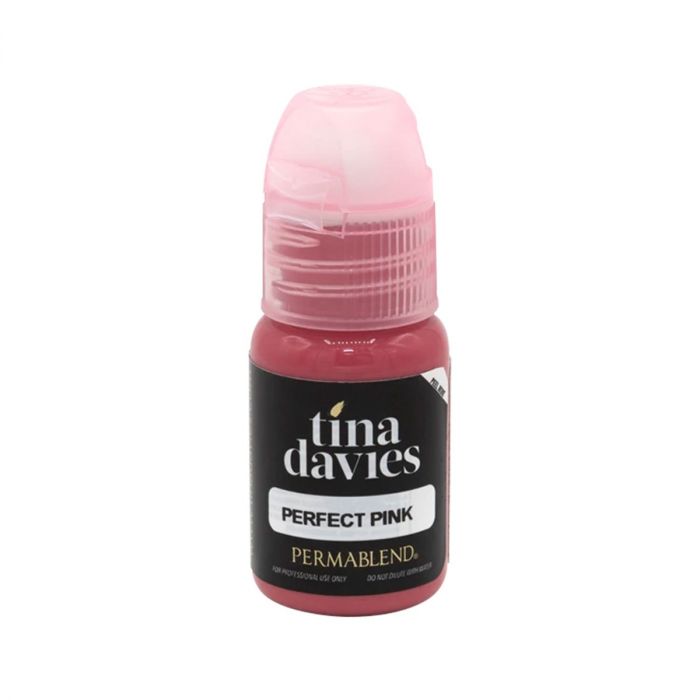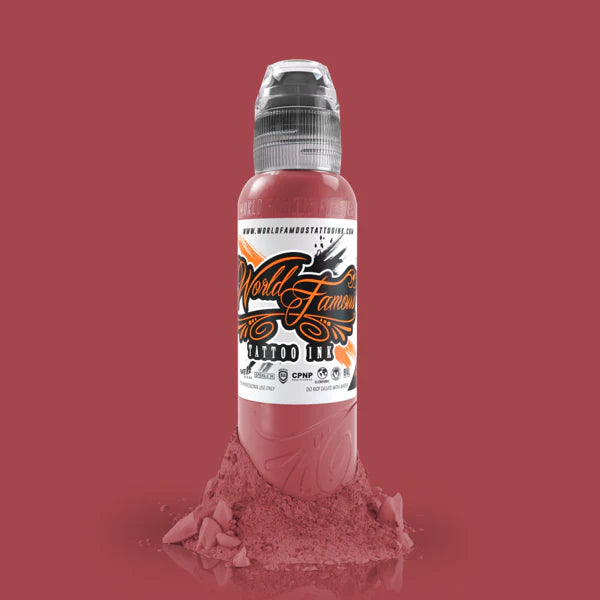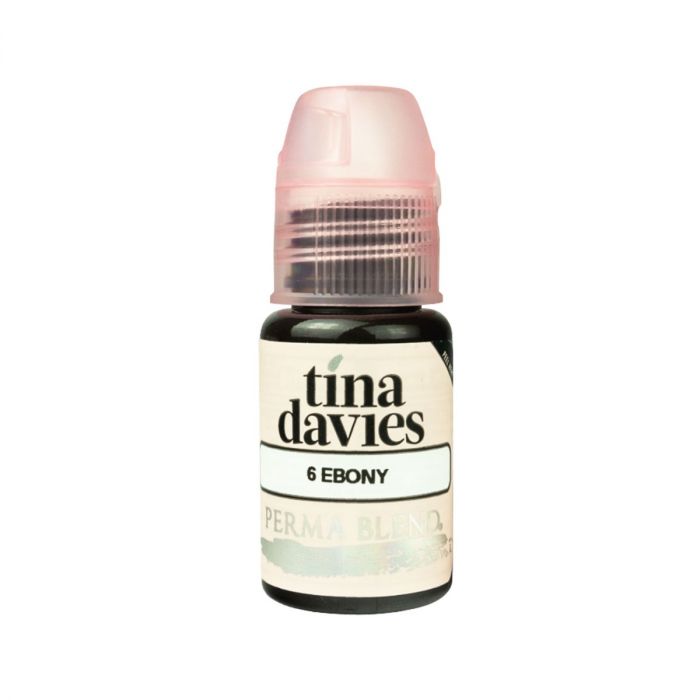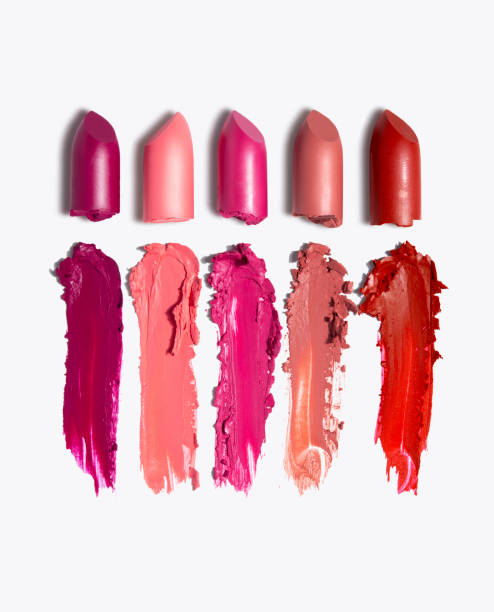How to choose the right pigment colour for semi-permanant eyebrows
During every semi-permanent procedure, whether it be microblading or micropigmentation, artists must choose the correct colour pigment mix for their clients. Pigments are specially formulated inks that are deposited into the skin, either through a microblading handtool or a traditional tattoo machine.
Finding the correct shade of pigment is imperative for achieving the highest quality results. In this blog, we have outlined our best tips and tricks for matching clients skin tones with coloured pigment inks. Read on to find out more!
What to consider when choosing microblading pigment.
- Ask the client what sort of look they are hoping to achieve.
Before assessing their skin tone, technicians must first establish what kind of look their client is hoping to achieve as this will influence what colour pigment mix is used. SPMU artists need to determine whether their client is looking to recreate a bold, ‘drawn-on’ look? Or, vice versa, whether they are looking for a more subtle enhancement of their existing brows?
SPMU artists should ask their clients to arrive at the initial appointment with their everyday eyebrow makeup already done. This will help to determine what sort of look they are hoping to achieve by the end of the session.
If the client doesn’t usually fill-in their brows, technicians should encourage them to bring in photos of their eyebrow inspiration.
- Work out whether they have warm or cool undertones.
Once the artist has established the style of brow their client is hoping to achieve, they must then assess wat undertones are pulling through. Most clients will either have a warm or cool undertone to their complexion. However, some people have a neutral undertone.
For clients with a warm undertone to their skin, SPMU artists should use a cool pigment to neutralise any red/pink tones. For those with cool undertones, a warm coloured pigment should be used to combat any blue or ashy tones. Clients with neutral complexions will suit warm or cool pigments.
The Fitzpatrick Scale
The Fitzpatrick Scale (ranging from 1-6) is one of the most popular techniques in determining a client’s skin tone and what type of pigment should be used during any semi-permanent makeup procedure. It is a system that identifies skin type according to how much pigment is in the skin, and how that person reacts to sun exposure. Below, we have identified what each number on the Fitzpatrick Scale means and how this can help inform pigment choice.
Fitzpatrick Type 1-2
How to identify Fitzpatrick skin tones 1-2:
- These clients usually have highly sensitive white/ivory skin that burns easily and doesn’t tan when exposed to the sun.
- Those with Fitzpatrick 1-2 skin tones often have light eye colours (blue, grey, or green) and red or blonde hair.
What sort of pigment to use for Fitzpatrick 1-2’s:
- Artists should choose a pigment with cool elements to it. Otherwise, the client’s brows could turn pink over time.
- A mixture of light to medium pigment works best for this skin type.
Fitzpatrick Type 3
How to identify Fitzpatrick skin tone 3:
- These clients can be sensitive to the sun but can also tan to a moderate extent.
- Those with Fitzpatrick skin tone 3 can have warm, cool, or neutral undertones.
What sort of pigment to use for Fitzpatrick 3’s:
- For this type of skin type, medium to dark pigments are usually best.
- If a client is looking to achieve a more striking look, a few drops of darker pigment can be mixed with the main pigment to add depth.
Fitzpatrick Type 4-5
How to identify Fitzpatrick skin tones 4-5:
- These clients do not have sun sensitive skin. They rarely burn.
- Skin colour before sun exposure is usually a gold, olive, or light brown shade.
- Those with Fitzpatrick skin tone 4 usually have dark brown eyes and hair.
What sort of pigments to use for Fitzpatrick 4-5’s:
- This skin type usually needs pigment colours with rich dark browns and hints of black.
- Dependant on the client’s personal preference, SPMU artists should opt for a dark brown or neutral dark brown.
Fitzpatrick Type 6
How to identify Fitzpatrick skin tone 6:
- Those with Fitzpatrick 6 skin tones have very minimally sun-sensitive skin. They rarely burn and always tan when exposed to the sun.
- Before sun exposure, skin colour is usually either dark golden or cool black.
- Fitzpatrick 6 skin tones usually have dark brown eyes and black hair.
What sort of pigments to use for Fitzpatrick 6’s:
- SPMU artists should use the deepest value pigments to provide a good contrast against the skin’s undertones.
Mixing Pigment
Semi-permanent makeup artists often need to mix different pigment colours to create the perfect shade for their client. When mixing pigments, technicians should be aware of some key pieces of information:
- Artists should always start with a lighter pigment. They can then add a drop of a darker shade should their client need it.
- Technicians should resist the temptation to add too much dark ink to the mix during the first treatment as it is difficult to know how this colour will heal each for each individual client.
- Darker ink can always be added during the top-up if necessary.
Modifiers
Semi-permanent makeup artists can also add modifiers to their pigment mix. Modifiers are additives that can be mixed with coloured pigment to neutralise the skin’s undertones. This will help to ensure the correct colour of the brow pulls through after the healing process. They can also be used during the top-up treatment if any unwanted undertones have appeared post-procedure.
To understand what modifiers and colour correctors to use, artists need to have a sound understanding of colour theory. Below we have noted the main rules for neutralising undertones.
- Clients with cool undertones (blue/purple) may need a few drops of orange/yellow modifier added to their pigment mix to avoid their brows healing ashy.
- Clients with warm undertones may benefit from an olive modifier to neutralise any red/pink tones.
How to choose the right pigment brand
There are several reputable pigment brands available to semi-permanent artists looking to create the highest-quality results. At Cosmedic Supplies, we love Brow Daddy, Tina Davies and Permablend who all stock a fantastic range of colours designed to suit every client.
Artists looking to find their perfect pigment blend should shop around and experiment with different brands and colours. Brands can always be mixed together for best results.
At Cosmedic Supplies, we stock the highest quality semi-permanent supplies for artists looking to create outstanding results. Visit our shop here to start building your toolkit today!

